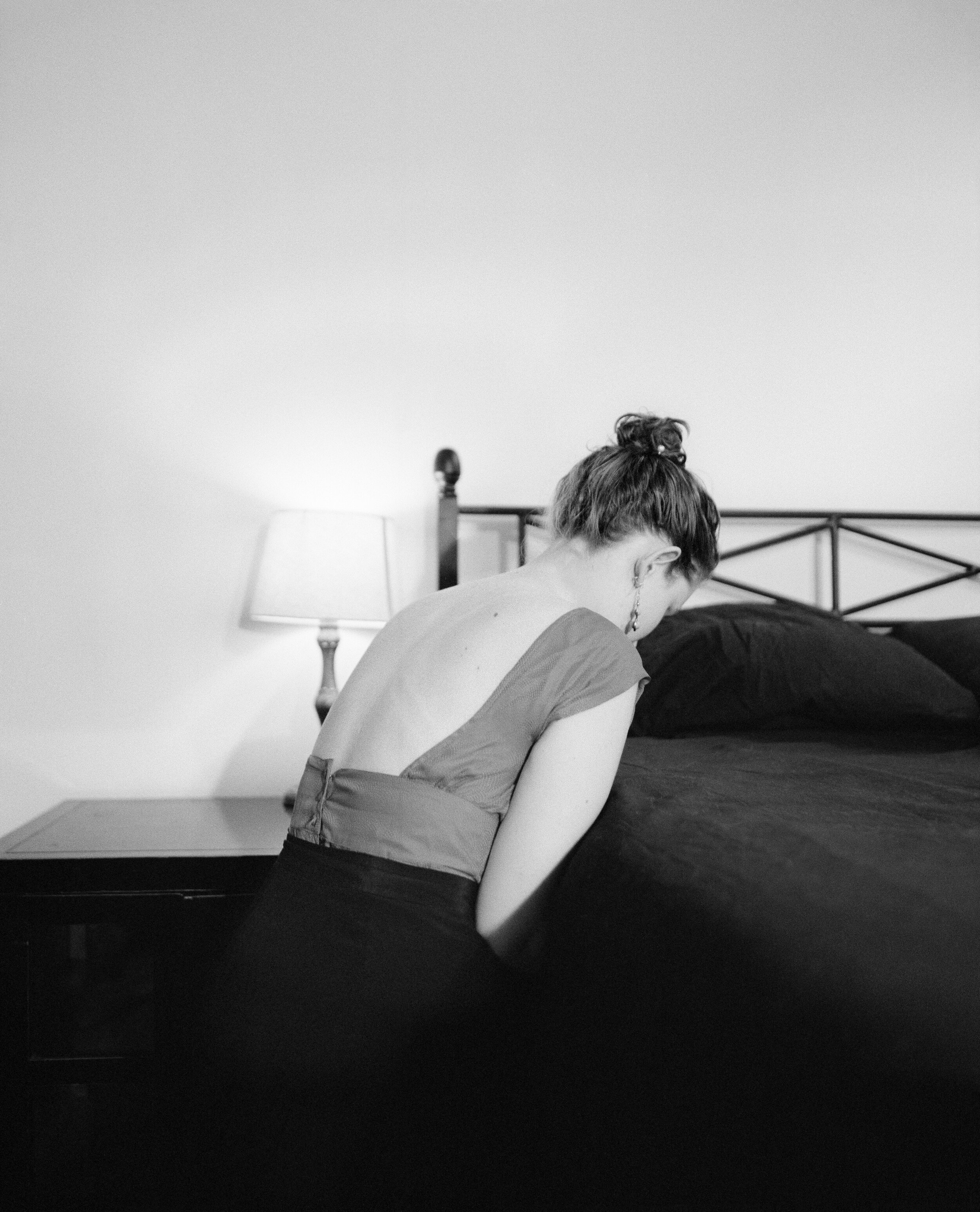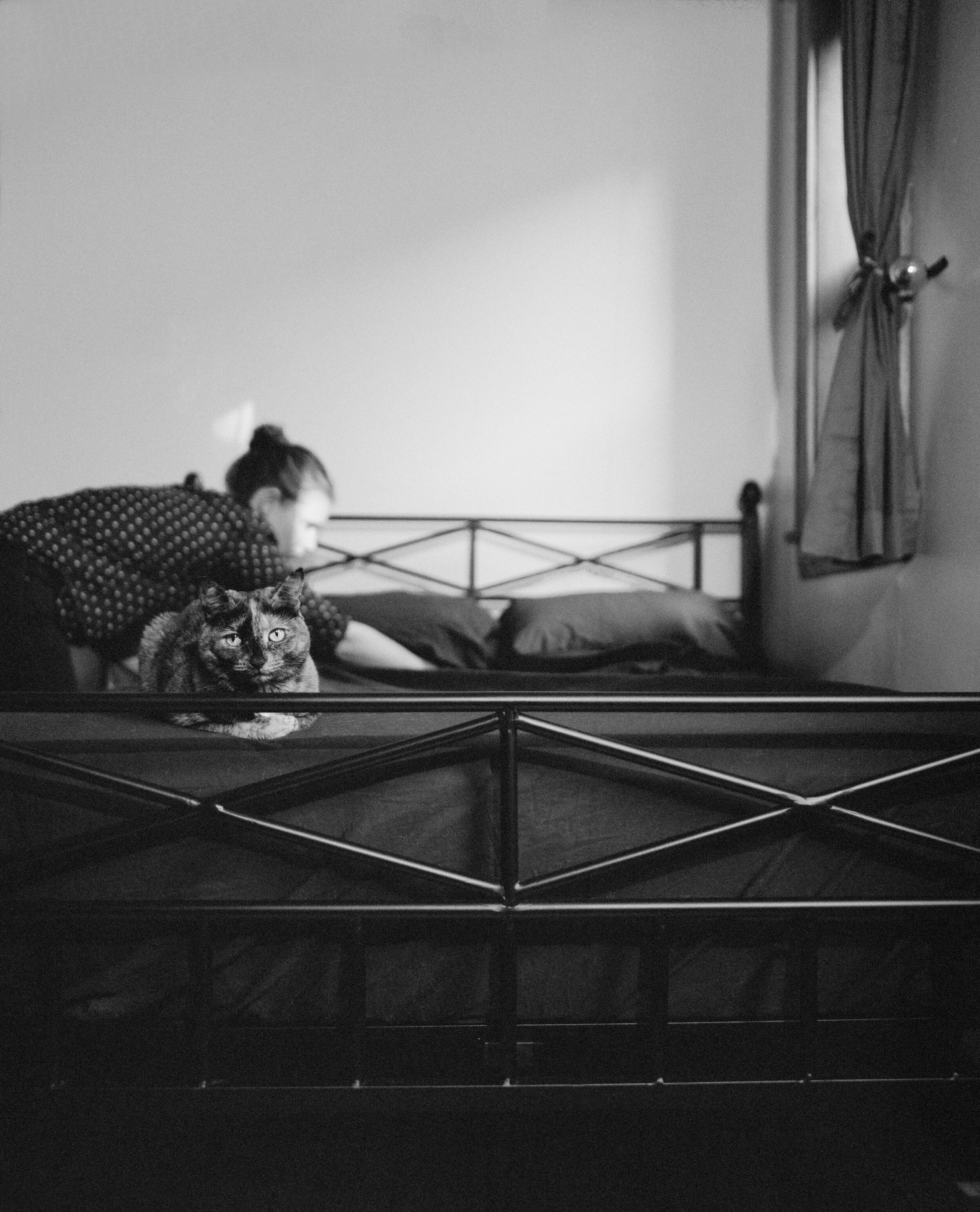The feeling of surviving sexual violence is – beyond your physical recovery – learning how to cope with the new knowledge that your body is no longer a space that you have control over. The boundaries of access are written into the text of law, the underpinning for our rights. Some of the most common questions asked about situations of abuse and harassment are “Why didn’t they sue? Why didn’t they go to the police?” For those who haven’t experienced sexual violence, it can be hard to grasp how societal systems work as barriers to justice and places of re-traumatization.
Laws are built on a foundation of precedent, and the legal system is slow to adapt to cultural change. Our lawmakers and judges still do not reflect the makeup of the country, and laws they pass often fail to grasp sexual discrimination and violence as a systemic issue rather than a series of isolated and unrelated instances. The law takes a victim’s body and their choices and turns them into negotiation points. How much evidence shows that your body deserves to be safe? Their words are not impartial, they are legislative violence.
My work begins and ends with language. My interdisciplinary, labor-intensive practice is rooted in the political power of words both institutional and populist. Using digital jacquard and hand weaving, printmaking, dye, and photography, I apply text as both content and composition. I examine the violent bureaucracy that underpins our cultural handling of sexual violence, using the inherent properties of my research, materials, and processes to achieve poetics through didacticism.
Conceptually driven and materially specific, I match and merge processes and forms – complex multicloth structures, sections of floating warp, hand-dyeing techniques, stitchwork, and numerous printing methods – with cultural photographs and sourced texts to create unsettling declarative works. I am interested in how the content of an image, document, or statement is transformed when it is taken off of neutral paper. Using legal documents, press statements, and composed political declarations as primary source material and visual compositions, I strip the language of its artifice of impartiality. These pieces bear witness to traumatic histories, mediating the relation between the literal representation of the object and the pain they signify, but can only indirectly portray. Hiding, erasing, or fracturing text through the intervention of image, material, or audience, the pieces highlight the construction and fragility of the narratives we build. Delicate but flexible and moveable, my pieces are multifunctional: monumental installations or intimately haptic objects that also serve as interactive works to explore the tactility and semiotics of authority and protest, considering the items, locations, and actors necessary to create a political action.

